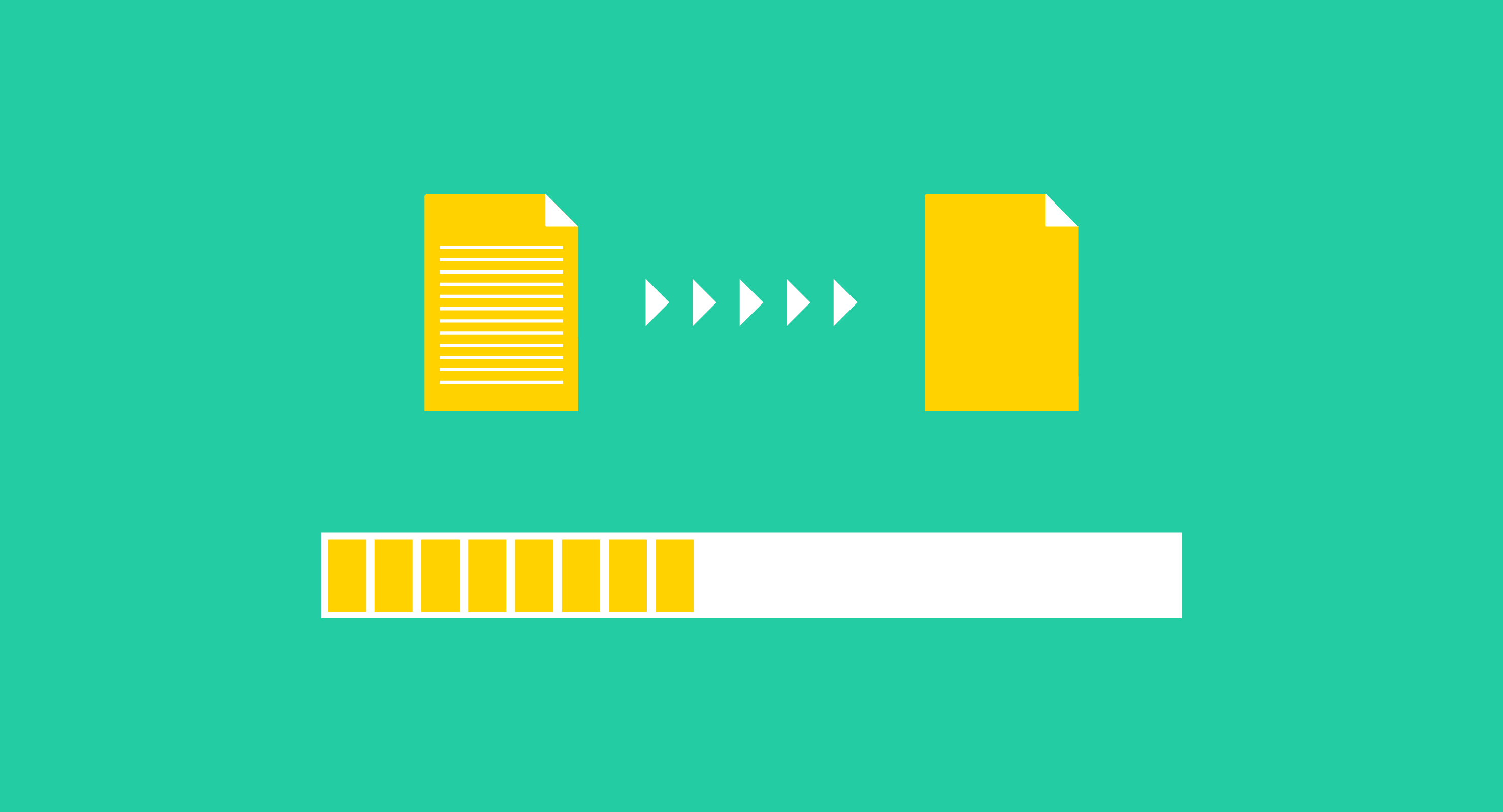What is HTTP?
Hypertext Transfer Protocol (HTTP) is a set of rules for transferring multimedia files over the web. HTTP is an application layer protocol that specifies shared communication procedures and interface methods used by clients or servers in a communication network.
HTTP is a stateless protocol that plays an essential role in introducing cookies. It communicates between clients and servers and performs a set of requests and responses.
A client or browser sends an HTTP request to the web. The web server receives the request, runs an application to process it, and returns an HTTP response to the browser. This interaction between clients and servers helps people view and transfer files over the web. Some companies may use file transfer protocol software to assist in the process.
How HTTP works
HTTP is a protocol used to communicate between server and client devices while dealing with websites or web applications. How it functions is described below.
- Resources exchange over the internet between client devices and servers. The client device shares a request with the server to send resources for loading web page files. The server responds by sharing resources. All requests/responses share sub-documents that contain data held in the client web browser to display the web page.
- A web browser is a client that sends the request to a server. A web server also contains an HTTP daemon, a program that runs as a background process. This program waits for HTTP requests and handles them when they arrive.
- The three main HTTP message types are GET, POST, and HEAD. In the first type, messages sent to the server contain only an URL. The server processes the optional data part of the URL and sends the result to the browser. In the second type, messages place optional data parameters in the body of the request message instead of adding them to the end of the URL. The third type is similar to the GET requests; the server sends back only the header information rather than the entire URL.
- The browser starts a transmission control protocol (TCP) connection to the server to initiate communication with an HTTP server. By default, server port 80 is used for web browsing sessions.
- Once a session is established and the user visits the web page, it triggers the sending and receiving of HTTP messages.
- Since HTTP is a stateless system, the HTTP connection is dropped once the request is complete, unlike file transfer protocols such as FTP. This means that the connection closes once the web browser sends a request, and the server responds to it.
Types of HTTP request methods
The most commonly used request methods are mentioned below.
- GET reads and retrieves data from a server. The HTTP status code turns 200 OK when the data collected from the server is accurate.
- POST transmits data to the server. On successful creation, it produces a status code of 201.
- PUT alters server data. It replaces all the content from a specific position with data from the body payload. It generates one if no resources match the request.
- PATCH works similarly to a PUT request, but alters only a portion of the data.
- DELETE removes data from a particular position on the server.
Components of an HTTP request
An HTTP request comprises five key components.
- HTTP methods contain a set of request methods that perform dedicated actions, including GET, HEAD, POST, PUT, DELETE, CONNECT, OPTIONS, and TRACE. The actions can be expanded if required.
- Uniform Resource Identifier (URI) is a unique character sequence that identifies the logical or physical resource used by a web technology.
- HTTP has four versions: HTTP v0.9, HTTP v1.0, HTTP v1.1, and HTTP v2.0. While HTTP v1.1 is commonly used, HTTP v2.0 is said to be the future of HTTP versions.
- Request header contains more information about the request context or the client requesting the resource. For example: Accept-*, Accept-Encoding.
- The payload command helps users retrieve content, query for content size, or replace any content. For example: HTTP_REQUEST_DATA and HTTP_RESPONSE_DATA.
HTTP response status codes
HTTP response status codes indicate whether a particular request has been completed. Responses are generally categorized into classes; several status codes exist in each category. Each code represents a particular action.
- Informational responses include 100 Continue, 101 Switching Protocols, 102 Processing, and 103 Early Hints.
- Successful response codes are 200 OK, 201 Created, 202 Accepted, 203 Non-Authoritative Information, 204 No Content, 205 Reset Content, 206 Partial Content, 207 Multi-Status, 208 Already Reported, 226 IM, and Used.
- Redirection messages codes are 300 Multiple Choices, 301 Moved Permanently, 302 Found, 303 See Other, 304 Not Modified, 305 Use Proxy, 306 Unused, 307 Temporary Redirect, and 308 Permanent Direct.
- Client Error Responses include 400 Bad Request, 401 Unauthorized, 402 Payment Required, 403 Forbidden, 404 Not Found, 405 Method Not Allowed, 406 Not Acceptable, 407 Proxy Authentication Required, 408 Request Timeout, 409 Conflict, 410 Gone, and several others.
- Server Error responses include 500 Internal Server Error, 501 Not Implemented, 502 Bad Gateway, 503 Service Unavailable, 504 Gateway Timeout, 505 HTTP Version Not Supported, etc.
HTTP proxies
Below are some notable details about HTTP proxies.
- HTTP proxies or proxy servers are application-layer servers, computers, and other machines that act as intermediaries between client and server.
- When a web request is sent to a website using a proxy, it goes to the proxy server as plaintext. The Proxy Server analyzes and sends a new proposal to the website, changing the user's IP address. Once the website receives the request, it responds to the proxy server.
- Three types of proxies are based on anonymity. They are Transparent Proxy, Anonymous Proxy, and Elite/High Anonymous Proxy.
HTTP vs. HTTPS
HTTP and HTTPS differ in regard to security, performance, and search engine optimization benefits.
HTTP enables communication between systems by transferring information and data over a network. While Hypertext Transfer Protocol Secure (HTTPS) is similar to HTTP, this protocol ensures secure communication between web servers and browsers while sending data. HTTPS uses a digital security protocol with cryptographic keys for encryption and validation.
HTTP has no encryption. This means message forgery, data theft, and eavesdropping are more likely to occur than with HTTPS, which is secured by a secure sockets layer (SSL). Data like user ID and password are encrypted. While HTTP protocol works in the application layer, HTTPS protocol works in the transport layer.
HTTP and HTTPS usage varies depending upon the type of site or data users may run. However, it’s also true that HTTPS is the standard protocol for most websites these days. Moving from HTTP to HTTPS involves getting and installing an SSL certificate for the website.
Learn more about multiprotocol label switching (MPLS) to understand the traffic routing mechanism used in telecommunications networks.

Sagar Joshi
Sagar Joshi is a former content marketing specialist at G2 in India. He is an engineer with a keen interest in data analytics and cybersecurity. He writes about topics related to them. You can find him reading books, learning a new language, or playing pool in his free time.





















